Home Brew Taste? – Common Beer Off Flavours
When I first started brewing I made my fair share of funny tasting beers, nothing that was completely undrinkable, just beers that weren’t quite right for one reason or another. You may of even heard people refer to a home brew flavour, this is often just used in a way to say there is something different to the taste of a home brewed beer than a commercially brewed one.
These differences however are often just the result of a small fault during the brewing, fermenting or storage of a beer and it is by no means just home brew it can effect. Many commercial beers do suffer these off flavours and sometimes intentionally so. An example of this which we will explore later in this post is a flavour which in some lagers that is reminiscent of cooked corn.
So although you may have a flavour present in your beers that you can’t quite put a name too it may just be normal for the style and in most cases easily avoidable on future brews with a few simple tweaks.
The mission of this post is to get to the bottom of whats causing these off flavours and how we can prevent them from arising in our home brewed beers. The first of these flavours we shall look at is ….
 Off Flavour: Skunked
Off Flavour: Skunked
When I say “skunked” I think it’s pretty obvious what I’m getting at. Yes that’s right the beer has an aroma and taste that’s close to that of a skunks spray, or in other words odorous and putrid. Hmm, you may of heard people say this about a beer before, especially if that beer is in a green bottle or a clear one.
Whilst it is the case that the type of packaging your beer has can effect the likelihood to create off flavours that doesn’t mean all beers in green bottles will taste “skunked”
What Causes A Beer To Become Skunked
In short this skunk like taste and aroma (also described as leek-like) is caused by light.
We know that light can effect most food products, this is why we store most products in cool, dark places. Beer is exactly the same and best stored in cool, dark places, this is because of a particular spectrum of light called Ultra-Violet. UV light which is present in sunlight and also fluorescent lights commonly used in shops and supermarkets reacts with compounds in the beer.
This being the case a beer that’s in a clear bottle will be the one most likely to develop off flavours if left in direct light, similarly effected are green bottles. Take a look at all the bottled beers in the shops and the majority will be in brown bottles as these are the least light sensitive. Cans let no light in so are not effected at all by light
The Science Of It
When Ultra Violet light is allowed to reach the beer it causes chemical reactions with the compounds released from the hops during the boil. Isomerized-alpha-acids react with light (photolysis), are broken down and are then reformed to produce a compound called 3-methyl-2-butene-1-thiol which is what gives the skunky, sulphurous like aroma to the beer.
Some commercial breweries have got around the issue of skunking by treating the isomerized alpha acids that bitter the beer with a compound called sodium borohydride which makes the hop compounds light stable and therefore the beer can be packaged any way they want, without risking skunking the beer.
Preventing Skunky Home Brew
If you have read this far you should know by now not to bottle in clear or green bottles, use only brown bottles which let in the least light and store in a dark cupboard or in a box. As long as you keep light of your beers then the formation of skunky compounds can’t begin.
Keep your fermenter out of the sun and cover it with a bag or towel is another method to keep the light of your beer if you use a clear carboy or fermenting vessel.
Kegging your beer is the best way to package a beer as no light can get to it but as long as you store your beer in a dark place it’s not necessary solely to avoid this off flavour.
 Off Flavour: Oxidation
Off Flavour: Oxidation
We are now moving on to a pretty common off flavour that is easy to overlook especially if you are new to brewing and that is oxidation. I would hazard a guess that oxidation is the most common off flavour in home brew beers an although it may not be apparent in brews that have a quick turnaround, you are likely to notice the problem in beers that are aged for a longer time (think stronger beers like barley wines and imperial stouts).
So What Exactly is an Oxidised Beer
Whilst when you come to pitching yeast in your wort it’s vitally important to aerate your beer, i.e. introduce oxygen that is essential for healthy yeast. At other times introducing oxygen is a bad idea.
The problem is that oxygen introduced during the brewing process or when you come to bottle or keg your beer reacts with compounds in the wort. That can create some unwanted flavours that can turn a good beer into a poor one. Brewers go to great lengths to keep their beer away from oxygen for this very reason.
How Do You Tell If A Beer Is Oxidised
Oxidised beer is most commonly said to taste like cardboard or wet paper in flavour and aroma. A few others descriptors that are frequently mentioned are a winey, woody or sherry-like aroma. I would say if your beer tastes stale, then it’s oxidised.
Some beers will always have these flavours, barley wines for example commonly have a slight sherry like flavour in part because they are often stored a long time. It just depends how much they overwhelm the other flavours and aromas in the beer as to whether this off flavour is acceptable or not.
The compound that causes these cardboard or papery off flavours is called 2-trans-nonenal and is the thought to be the result of oxidised fatty acids. There are however other compounds that oxidise such as those introduced by the hops that effect long term stability. Whatever the cause of these off flavours the staling of a beer depends on the presence of oxygen and the length of time it’s stored.
How To Prevent Oxidation in Your Home Brew
First of all, every beer that you drink whether it be a home brew or a commercial beer, will have picked up oxygen at some point or another in the brewing process. Depending on how much oxygen is picked up, how the beer has been stored and how old the beer is will effect whether you can detect the oxidised off flavours.
To prevent oxidation in your home brew it’s really a case of limiting the amount of oxygen that contacts the beer. I would say the most critical point is when it comes to packaging the beer. During the bottling process there are numerous activities that allow oxygen in the beer and chief among these is syphoning.
When you syphon you need to keep both ends of the tube submerged and create as little disturbance to the surface of the beer as possible. Splashing and foaming is allowing oxygen into the beer that will cause it to stale quicker than a beer that’s been syphoned carefully.
I have summarised causes of aeration both during the brewing and packaging process that are easy to look out for:
- Overly vigourous stirring of the mash
- Pouring the wort from a height and not using a syphon
- Disturbing the fermenter and agitating the surface of the wort
- Poor syphoning technique (as mentioned previously)
Basically what you need to look out for is any splashing or foaming caused by disturbing the beer either during the brewing process or during fermentation and packaging. The only time you should be looking to introduce oxygen is immediately before pitching your yeast.
Storing your beer in appropriate conditions will also help keep the flavours stable for longer.
 Off Flavour: Diacetyl
Off Flavour: Diacetyl
Whilst the above two are fairly descriptive of the problem flavour, diacetyl sounds slightly more ambiguous so hopefully we’ll clear that up in the next few paragraphs.
How Do I know There’s Diacetyl in My Beer
Diacetyl is a natural byproduct of fermentation. It’s commonly attributed to providing a butterscotch or buttery flavour in beer if the amount present is high enough.
Now the thing with diacetyl is, in some styles of beer it’s acceptable to have noticeable levels, in others it’s not. Typically ales will have more left over diacetyl than lagers and because lagers tend to be cleaner and crisper, if you have higher levels of this buttery compound in the final beer it can be overpowering.
Some people will also be able to detect it more than others which only makes things more comlicated. Out of all the flavour compounds present in beer I don’t think any cause more debate than this one.
What Causes Diacetyl
Without being to technical diacetyl is created by oxidising alpha acetolactate, which is created during the fermentation by synthesis of certain amino acids. Now this all happens early on in the fermentation. The good thing is that yeast are able to reabsorb diacetyl later on in the fermentation, problems can arise however depending on the health of your yeast or factors like the temperature during fermentation and conditioning.
Combating High Levels of Diacetyl
If you are noticing buttery flavours in your beer that you find unpleasant then you need to look at your fermentation to resolve the problem. High temperatures favour both the formation and reduction of diacetyl so controlling the temperature of your fermentation is the first thing to look at in reducing diacetly levels in your beer.
A common reason that lagers can be liable to having noticeable levels of diacetyl is because they are lagered (cooled) to soon. If a lager is taken straight from primary to cold conditioning the yeast may not have had sufficent time to reabsorb a lot of the diacetyl they produced. A common solution to this is a diaceytl rest
Diacetyl Rest: Raising the temperature of the fermentation by a few degrees after the primary fermentation will promote the reduction of diacetyl by the yeast. Carrying on with secondary at the regular temperatures after should be enough to ensure there isn’t high enough levels to be unacceptable.
Yeast Health and Pitching: Ensuring you pitch enough healthy yeast is something you need to be doing anyway. If you are relying on your yeast to condition your beer properly they are going to do it better if they are present in adequate levels.
Aerating the Wort Sufficiently: Yeast use oxygen early on in the fermentation to grow and create cell membranes. Having enough oxygen creates healthier yeast that makes it easier for them to reabsorb the diacetyl.
Sanitising Properly: Certain bacteria will dramatically increase the production of diacetyl. Making sure everything is clean a sanitised will ensure no bacterial infections.
 Off Flavour: Acetaldehyde
Off Flavour: Acetaldehyde
Acetaldehyde is said to cause a flavour reminiscent of green apples, it occurs naturally in plants as part of their natural metabolism and is an intermediate in the formation of alcohol. It’s also commonly cited to be the cause of hangovers (whether or not this is true is another thing), so let’s take a look at how it’s created and how to avoid it becoming a problem in your home brew.
Acetaldehyde In Beer
Whilst acetaldehyde is considered an off flavour, it can also be considered part of some beers flavour profile. If you are trying to spot it in a beer the things to look out for a beers that have aromas or flavours similar to green apples, freshly cut pumpkin or grass or green leaves.
The reason why it can be more apparent in certain styles of beer is in part because certain yeast strains produce more of it than others. The creation of acetaldehyde is a intermediate step in the conversion of sugar to ethanol which of course is one of the primary roles of the yeast.
Now under ordinary circumstances the yeast will clear up acetaldehyde to levels where it’s undetectable. If however they don’t have time or chance to do this there will be an apparent off flavour in your home brew.
Preventing Acetaldehyde In Your Home Brew
As mentioned previously acetaldehyde becomes apparent when the yeast don’t have time to clear it up after fermentation, it’s for this reason that young beers (green) may have some green apple flavours. Aging the beer for longer and conditioning properly will allow time for the yeast to remove this undesirable flavour.
Racking the beer off the yeast bed too early is another reason you may have acetaldehyde off flavours in your home brew. It’s obvious that if we need to rely on the yeast to clear up these flavours, if you take the beer off the bulk of the yeast to early then they won’t be able to do as good of a job.
Making sure that you’re pitching the right amount of healthy yeast into well aerated wort also goes without saying, this is standard procedure anyway.
Lastly, selecting a less flocculent yeast strain will keep everything in suspension longer, or rousing the yeast mid way through fermentation will allow them sufficient time to clear everything up.
 Off Flavour: Phenolic
Off Flavour: Phenolic
Let’s get straight to the point here if you have ever had a beer that tasted medicinal, like TCP or plasters/band-aids then in all likelihood the beer had too many phenols present. However like many of these ‘off-flavours’ in certain styles of beer they are acceptable. In the case of phenols a few Belgian and wheat beers can have a phenolic character that provides a clove like flavour or a spicy or peppery quality.
Cloves? How does that work?
The main reason a beer can have a clove like aromatic quality is because of the yeast strain used. Certain yeast strains particularly wheat beer yeast like German hefeweizen strains react with ferrulic acid from the malt into a compound called 4-vinyl guaiacol. This compound has the very same flavour as cloves.
As I mentioned before Belgian yeast strains also produce detectable levels of phenols which is part of the character of these styles of beer.
What About These Medicinal Flavours
Apart from the yeast strain the most common cause for phenols in your beer is either your brewing water or sanitising routine. Almost all tap water will have either chlorine or chloromine added to make it safe for us to drink. The thing is though this chlorine reacts with phenols produced during fermentation to make chlorophenols. This will be the main cause of a plaster/band-aid flavour as it’s commonly referred to in your home brew. I have posted previously about treating your brewing water to explain how to remove the chlorine before brewing so head over and check it out. The other thing to be wary of will be if you use bleach to sanitise your equipment. Make sure everything is thoroughly rinsed. Any of the chlorine left after sanitising will help create these chlorophenols.
Lastly, it goes without saying, like a lot of these flaws in beer, phenols can arise from spoiling bacteria and wild yeast so your cleaning and sanitising routine is of utmost importance. Commercial wild yeast strains for producing sour beers will always produce phenolic beer which is a common reason why brewers will use seperate equipment for brewing sour beers and regular beers.
Preventing Your Home Brew From Being Phenolic
So in summary here is a checklist on how to avoid brewing phenolic beers. Remember though in some styles it can be desirable. Most people will either like a beer with a clove-like aroma and others won’t.
- Consider your yeast strain. Is it one that is known to produce lots of phenols? Can you swap it for another strain?
- What style of beer are you brewing? Is is a style where phenols are desirable?
- Is there chlorine or chloramine in your brewing water? If there is, treat it.
- Make sure you have sanitised thoroughly.
 Off Flavour: DMS
Off Flavour: DMS
This brings us onto Dimethyl Sulfide or DMS for short. Like a lot of the flavour compounds found in beer it is present higher levels for some styles and characteristic in some light lagers for example. Whilst it’s present in certain quantities that become detectable you will be able to notice a sweetcorn like flavour and aroma or a cooked vegetable character. Lots of German lagers will have this character and next time you try one try and pick it out.
How Is DMS Formed
The level of a compound called S-methyl-methionine (SMM) which is formed during the malting process has a direct influence on the level of DMS in the finished beer. SMM is a precursor to DMS and during mashing it is the reduction of SMM to DMS that can lead to high levels in a beer.
DMS is constantly made in the wort whilst it’s hot but is quite volatile, meaning it is driven off during the boil. This is why it’s important to have a continuous rolling boil so that the dimethyl sulfide come out in the vapour. This is also the reason it’s important not to cover your kettle during the boil.
How To Avoid DMS In Your Home Brew
As certain malts contain more S-methyl-methionine (SMM) we know that the resulting beer brewed with them will have higher levels of DMS. The kilning process that is used in the production of malt reduces the levels of SMM as the grains are kilned to higher temperatures and darker colours. This is why DMS is more apparent in lighter beers with subtler flavours than some of the darker beers. With the exception of using different grains (obviously this is not an option to brew lighter styles) the following steps can be taken to reduce the levels of DMS:
- Ensuring you have a vigorous rolling boil
- Boiling for a full 90 minutes (especially with lighter beers)
- Minimise the cooling time of the beer i.e. use a wort chiller
- Make sure your kettle is uncovered during the boil
These basic steps should reduce the levels so that DMS is hardly perceptible when brewing lighter beers. Remember however that some styles get a lot of their characteristics from this very flavour compound. Try to balance the levels so they are not overpowering, nor lacking.
The Many Flavours of Beer
There are so many flavours in beer we are all likely to come across these undesirable flavours at some point. It’s best to keep in mind though that it can only be considered an off flavour if you find it objectionable.
These tips are to help you pinpoint the flavours you may not be satisfied with and make sure they don’t keep appearing in future brews. If you do have an off flavour in a beer you’ve brewed there is often not a lot that can be done other than blending the problem beer with a different batch. If you put the batch of beer down to experience it becomes a step on the road to becoming a better brewer.

 Off Flavour: Skunked
Off Flavour: Skunked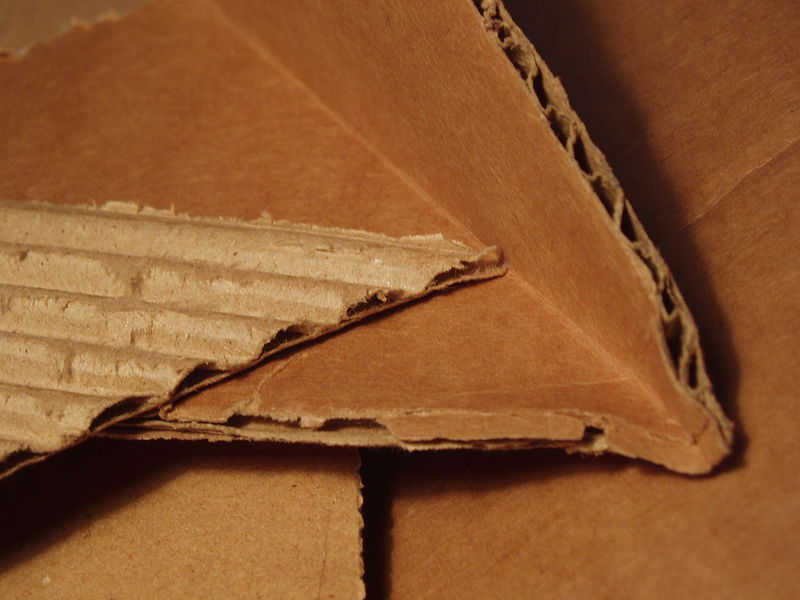 Off Flavour: Oxidation
Off Flavour: Oxidation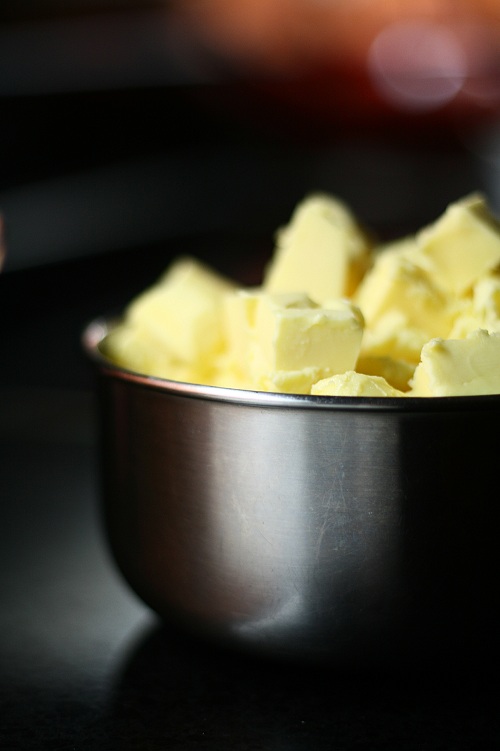 Off Flavour: Diacetyl
Off Flavour: Diacetyl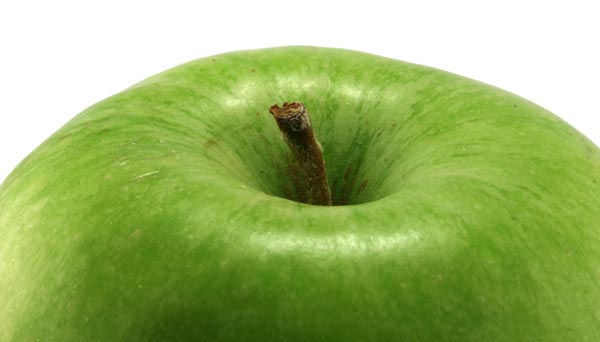 Off Flavour: Acetaldehyde
Off Flavour: Acetaldehyde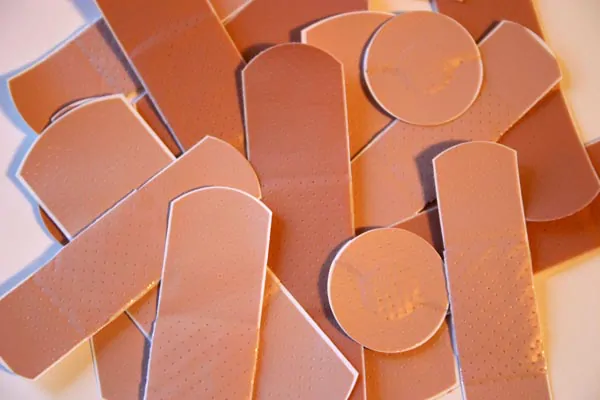 Off Flavour: Phenolic
Off Flavour: Phenolic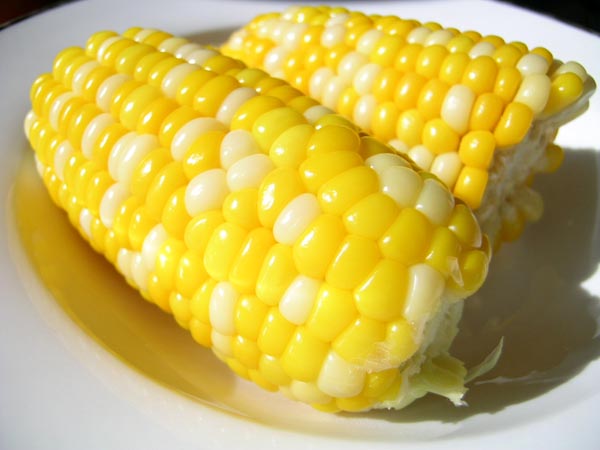 Off Flavour: DMS
Off Flavour: DMS

Great guide and really helpful! Thanks man! Just done with my first home brew and … kind of sicky sweet, yeasty thing going on. I think it’s just young, but the above points are really, really helpful. I totally didn’t aerate my wort before pitching and my boil might have been off some. Next batch! Cheers.
Glad you found it helpful. It is a constant learning process but you learn something new with each batch.
Cheers